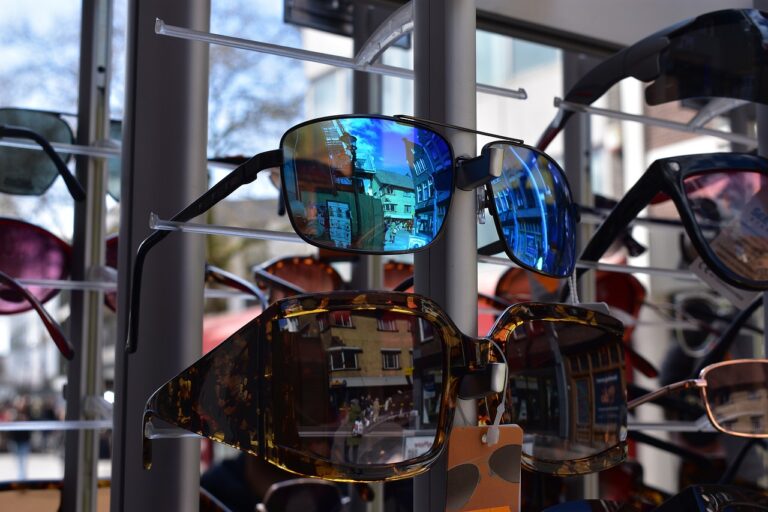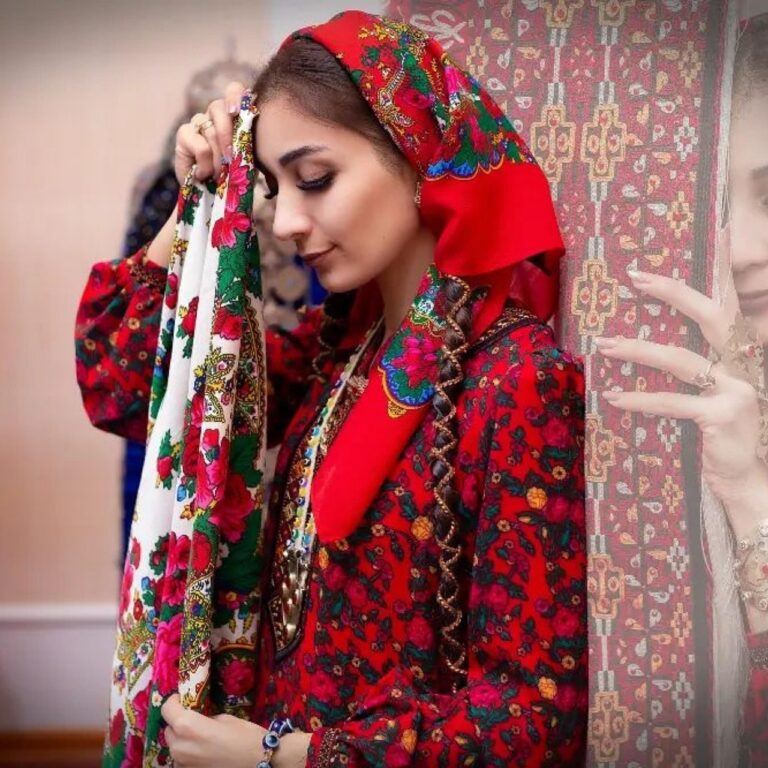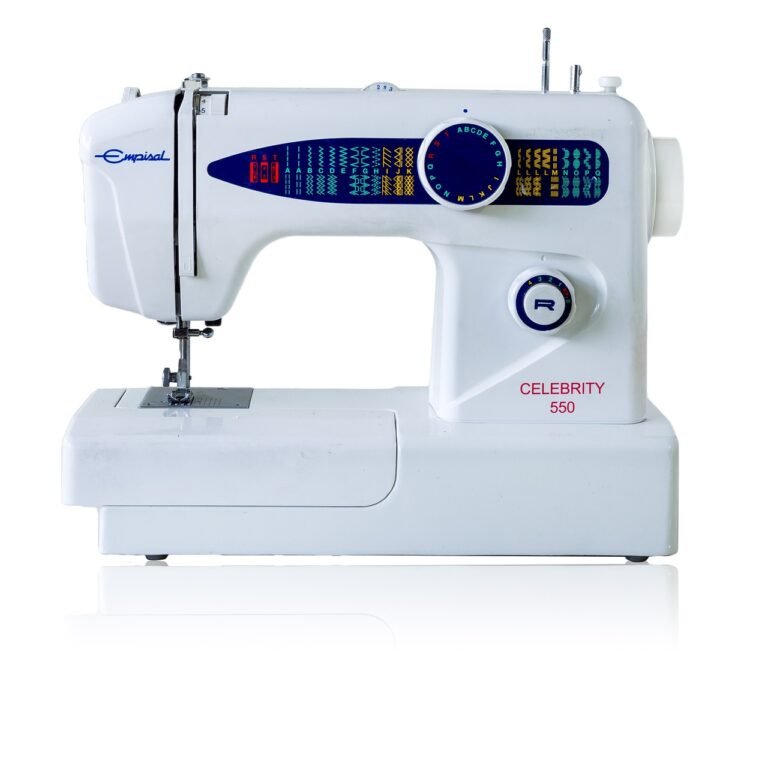The Role of Fashion in Subverting Gender Stereotypes
Fashion has long been intertwined with gender stereotypes, perpetuating societal expectations and norms. Historically, women were expected to wear dresses and skirts, while men were confined to pants and suits. These rigid distinctions reinforced traditional gender roles and limited self-expression through clothing choices.
However, in recent years, the fashion industry has started to challenge and break down these conventional gender norms. Designers are creating gender-neutral clothing lines that defy traditional expectations of how men and women should dress. This shift towards more inclusive and diverse fashion allows individuals to express their identities freely, regardless of gender stereotypes.
The Evolution of Gender Norms in Fashion
Gender norms in fashion have transitioned significantly over the years, with traditional boundaries becoming increasingly blurred. The once strict distinctions between men’s and women’s clothing styles have given way to a more inclusive and fluid approach. As a result, fashion has become a platform for individuals to express their personal identities and break away from societal expectations.
Designers are embracing a more gender-neutral aesthetic, offering collections that cater to a wider range of preferences and styles. This shift towards inclusivity not only reflects changing attitudes towards gender roles but also acknowledges the diverse ways in which people choose to present themselves. The evolution of gender norms in fashion signifies a move towards a more modern and open-minded society where individuality and self-expression are celebrated.
• Gender norms in fashion have transitioned significantly over the years
• Traditional boundaries between men’s and women’s clothing styles are becoming increasingly blurred
• Fashion has become a platform for individuals to express their personal identities and break away from societal expectations
• Designers are embracing a more gender-neutral aesthetic, offering collections that cater to a wider range of preferences and styles
• This shift towards inclusivity reflects changing attitudes towards gender roles and acknowledges diverse ways people choose to present themselves
• The evolution of gender norms in fashion signifies a move towards a more modern and open-minded society where individuality and self-expression are celebrated
Gender Fluidity in Fashion
In recent years, the fashion industry has witnessed a significant shift towards embracing gender fluidity. Designers are increasingly blurring the lines between traditional masculine and feminine clothing, creating collections that cater to individuals across the gender spectrum. This shift is not only reflected on the runways but also in advertising campaigns and mainstream media, challenging long-standing norms and offering more inclusive representations of gender identities.
This movement towards gender fluidity in fashion has opened up a space for self-expression and creativity, allowing individuals to dress in a way that reflects their personal identity rather than conforming to societal expectations based on their gender. As a result, we are seeing a rise in unisex clothing lines, gender-neutral collections, and a more diverse range of models walking the runway. This inclusive approach to fashion not only encourages individuals to embrace their authentic selves but also promotes a more accepting and open-minded society.
What are some common gender stereotypes in fashion?
Some common gender stereotypes in fashion include the idea that pink is for girls and blue is for boys, as well as the belief that skirts are only for women and pants are only for men.
How have gender norms in fashion evolved over time?
Gender norms in fashion have evolved significantly over time, with more and more designers and brands embracing gender fluidity and challenging traditional ideas of masculinity and femininity.
What does it mean to be gender fluid in fashion?
Being gender fluid in fashion means embracing and expressing a range of gender identities and expressions through clothing and style, without being limited by traditional ideas of gender.
How can individuals incorporate gender fluidity into their own personal style?
Individuals can incorporate gender fluidity into their personal style by experimenting with different styles, colors, and silhouettes, and by challenging traditional gender norms in their clothing choices.
Why is it important for the fashion industry to embrace gender fluidity?
It is important for the fashion industry to embrace gender fluidity because it allows for greater inclusivity and representation of diverse gender identities, and helps to break down harmful stereotypes and prejudices related to gender.







